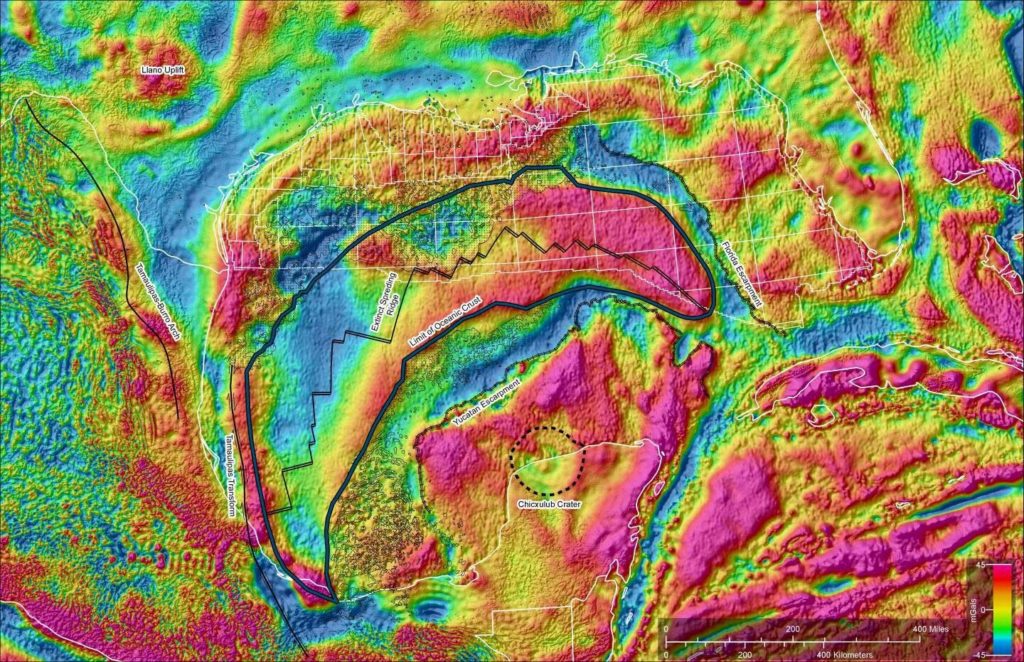The Gulf of Mexico is one of the richest petroleum basins in the world; all credit goes to its geological history. Despite 60 years of continuous exploration and development, the basin’s ability to continue delivering new hydrocarbon reserves means it will remain significant energy and economic resource in many future years.
The processes that shaped the basin also deposited and preserved vast oil and gas reserves, of which only a fraction has been extracted. According to the latest study, much of the remaining oil lies buried beneath ancient salt layers.
The assessment was made by the scientists at The University of Texas at Austin, who reviewed decades of geological research and current production figures to understand the secret behind the basin’s success.
Scientists observed the geologic elements that power a super basin. Those elements include reservoirs, source rocks, seals, and traps. They found that the geologic elements in the Gulf of Mexico are pretty unique.
The geologic elements that have made the Gulf of Mexico such a formidable petroleum resource include a steady supply of fine- and coarse-grained sediments and salt: thick layers of it buried in the Earth, marking a time long ago when much of the ancient sea in the basin evaporated.
Lead author John Snedden, a senior research scientist at the University of Texas Institute for Geophysics (UTIG), said, “The Gulf of Mexico has a thick salt canopy that blankets large portions of the basin and prevented us for many years from actually seeing what lies beneath.”
“Geologically, salt is important because it can radically alter how petroleum basins evolve. Compared to other sedimentary rocks, it migrates easily through the Earth, creating space for oil and gas to collect. It helps moderate heat and keeps hydrocarbon sources viable longer and deeper. And it is a tightly packed mineral that seals oil and gas in large columns, setting up giant fields.”
The study suggests that the bulk of the northern offshore basin’s potential remains in giant, deepwater oil fields beneath the salt blanket. However, reaching them is quite challenging and expensive as well.
Although, there is still much to learn about hydrocarbons beneath the Gulf of Mexico.
Journal Reference:
- John W. Snedden et al., The northern Gulf of Mexico offshore super basin: Reservoirs, source rocks, seals, traps, and successes, AAPG Bulletin (2020). DOI: 10.1306/09092020054

